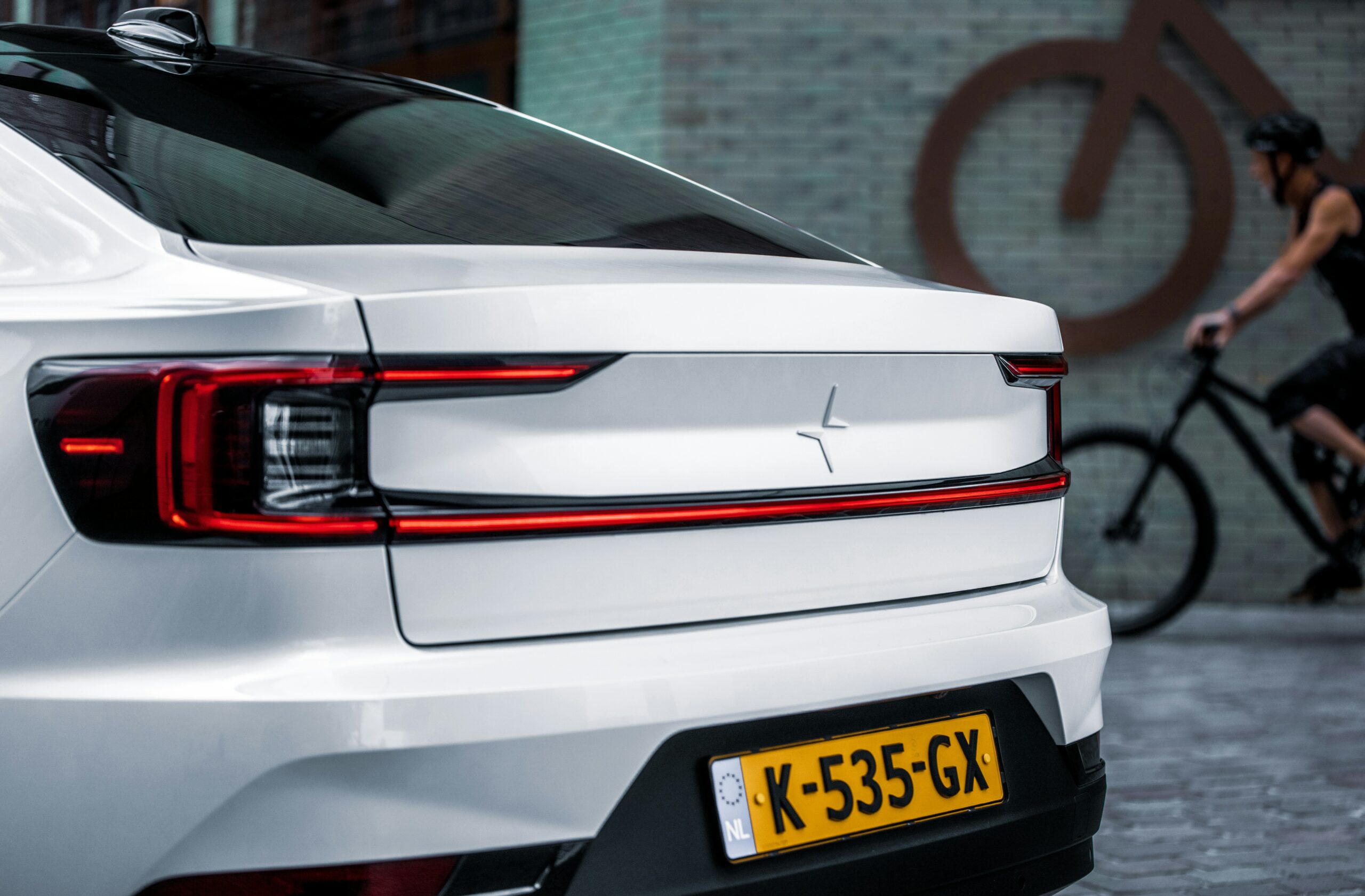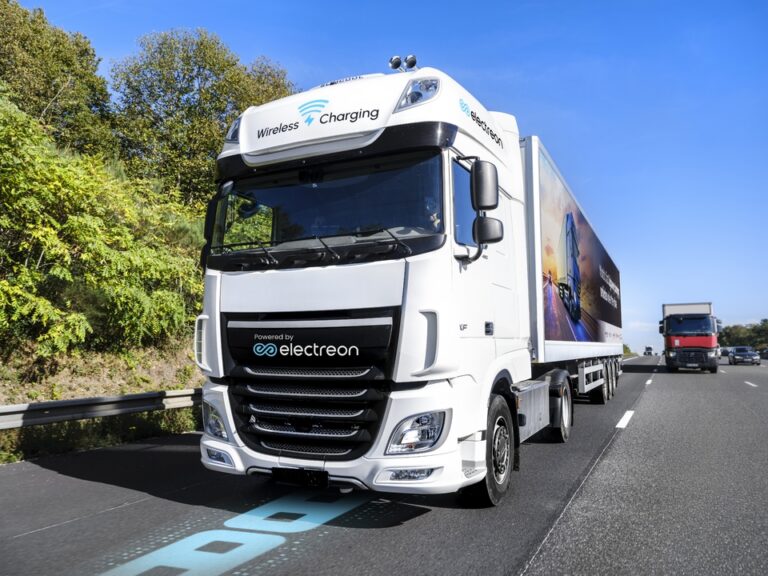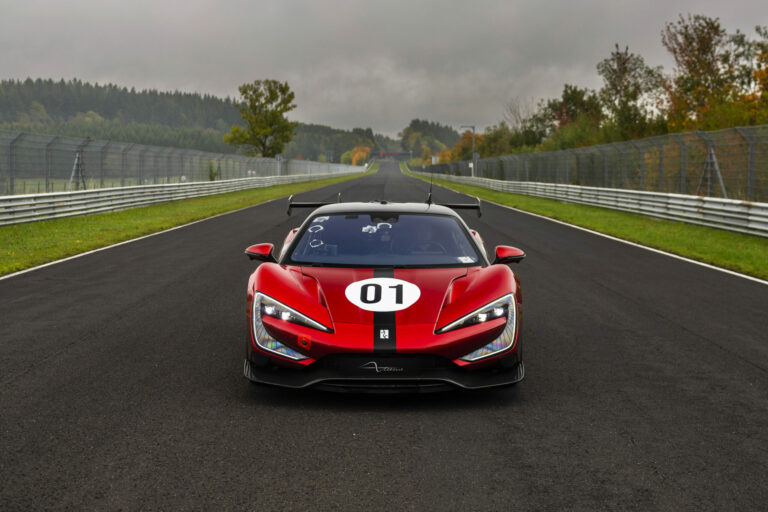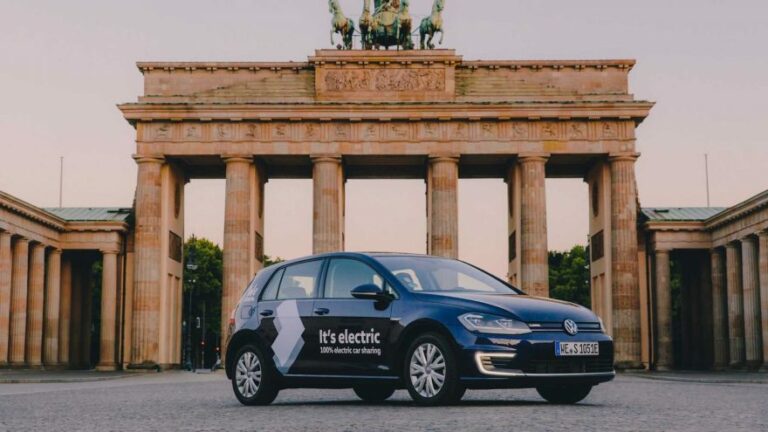The year 2024 marked a major milestone in electric vehicles (EVs) expansion worldwide. 17.1 million EVs were sold globally, representing an impressive +27% increase compared to 2023. Development is mainly driven by three key markets: The United States, Europe, and China, which together represent over 90% of all EV sales globally. This rapid growth is backed by a thriving business ecosystem, with nearly 14,000 start-ups exclusively focused on electric vehicles and electric mobility worldwide. In Europe alone, the EV market is expected to generate $224.9 billion in revenue by the end of 2025.
Europe: The North is spearheading
Several European countries are showing particularly high EV adoption rates. Norway, of course, continues to lead the continent (and the world), with 88.9% of new car sales in 2024 being electrified. Denmark follows with 51% and Sweden with 35%.
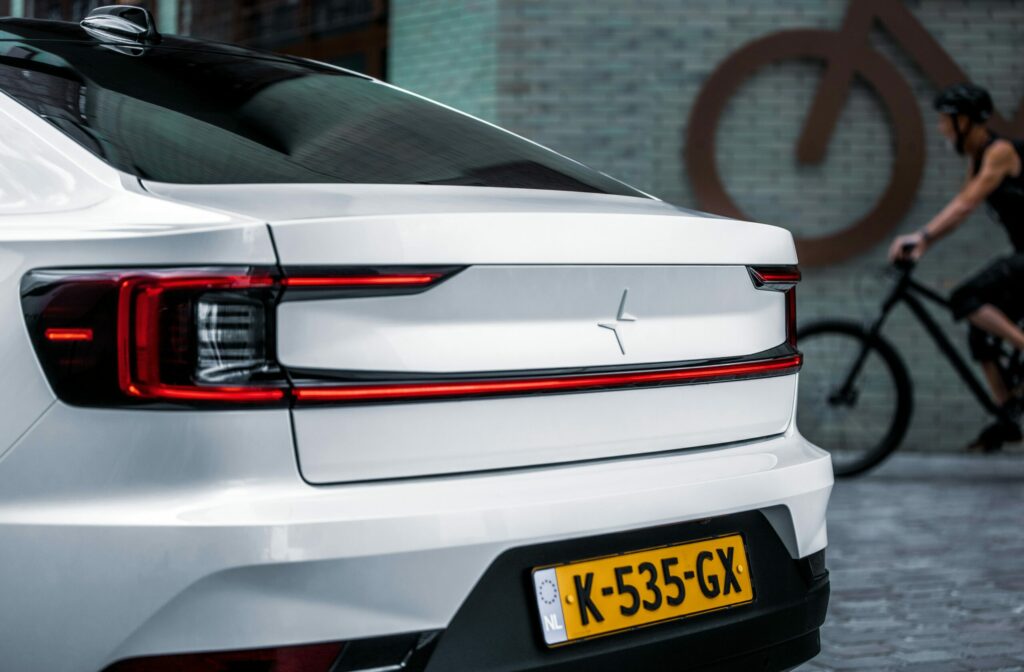
Infrastructure is also expanding rapidly. As of spring 2025, the Netherlands leads with 183,000 public charging stations, followed by France (160,000) and Germany (153,000). On a per-capita basis, the Netherlands stays at the top with 10.04 chargers per 1,000 inhabitants, followed by Belgium (6.54) and Iceland (6.48).
The electric mobility startup scene is vibrant, particularly in the United Kingdom, home to 1,100 startups in the sector. Germany follows with 700, and France with 400.
Public incentives also play a crucial role in the EVs market growth. Norway, for instance, offers VAT exemptions for EVs priced below €44,000. In France, buyers can receive up to €4,000 for an EV priced under €47,000. The Netherlands, on the other hand, provides multiple tax breaks for both buyers and companies, including deductions for businesses that install charging stations.
Rest of the world: China and its underdogs
The EV shift is also accelerating in other parts of the world. In China, 25% of vehicles sold in 2024 were 100% electric (almost 50% electrified), making it the world’s largest EV market in terms of volume. Canada followed with 11,4% and the USA with 8%.
In terms of charging infrastructure, China still dominates with 3.2 million public charging stations, well ahead of South Korea (405,000) and the United States (200,000). South Korea has the best EV-to-charger ratio in the world, with just 1.7 vehicles per public charger, followed by China (2.5) and Mexico (20).

When it comes to innovation, the United States leads with 2,500 startups dedicated to electric mobility, followed closely by India (1,800) and China (1,700).
Last year saw some interesting growth in emerging markets, with Vietnam posting a +197% increase in EV sales between 2023 and 2024, Indonesia +104%, and Brazil +90%.
Some countries are also setting bold ambitions for the future. India aims for 80% of two-wheelers to be electric by 2030. Ethiopia has banned the import of combustion vehicles and is now importing 100,000 electric vehicles every month. Meanwhile, Singapore has set its sights on a 100% electric vehicle fleet by 2040.

